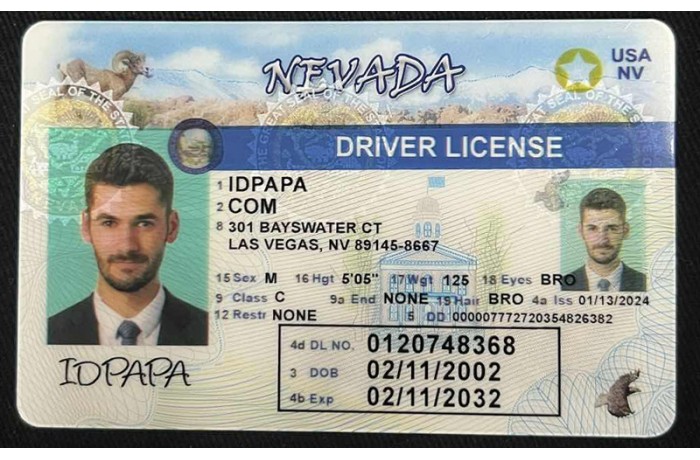The digital realm is experiencing a rapid evolution in how we authenticate ourselves online. Groundbreaking technologies are reshaping the concept of digital identity, creating both possibilities and fostering a more secure online experience. , Decentralized ledgers are emerging as key players in this space, providing individuals with greater control over their data and {identities|. This trend has the potential to shape various sectors, including Ethical concerns in surveillance finance, healthcare, and government.
- Several key trends driving this evolution:
- Fingerprint scanning
- Deep learning
- The rise ofthe metaverse
Navigating these developments is crucial for {individuals|, businesses, and governments to ensure a safe, trustworthy digital future.
Countering ID Fraud: Strategies for a Secure Digital World
In today's increasingly digital landscape, identity fraud poses a significant threat to individuals and organizations alike. To effectively combat this growing menace, it is imperative that we implement robust security measures and foster a culture of awareness.
Employing multi-factor authentication, regularly updating software and devices, and adhering strong password hygiene are basic steps in safeguarding against ID illegality. Furthermore, educating users about the dangers of phishing scams and other social engineering tactics is indispensable.
Partnership between governments, businesses, and individuals is key to creating a secure digital environment. By working together, we can mitigate the impact of ID fraud and preserve our valuable information in an increasingly interconnected world.
Exploring the Legal Labyrinth: copyright Laws and Their Implications
The sphere of fake identification poses a complex legal landscape. Laws governing these identifiers differ widely across jurisdictions, making a intricate web for both citizens and agencies.{ Possession of a copyright can lead in severe consequences, including fines, jail time, and a criminal record. Moreover, the acquisition of these fraudulent documents can frequently be connected to more grave offenses, further emphasizing the gravity of adherence with these laws.
Biometrics: A Powerful Tool for Enhanced Security in Digital ID Systems
The digital realm is rapidly evolving, necessitating robust security measures to safeguard sensitive information. Biometrics, the science of measuring and analyzing inherent human characteristics, presents a compelling solution for enhanced security within digital ID systems. Harnessing biometrics like fingerprint scanning, facial recognition, or iris verification, digital identities can be authenticated with unprecedented accuracy and resilience against fraud. This technology not only expedites identity verification processes but also establishes a secure framework for managing sensitive personal data in an increasingly interconnected world.
Biometric systems boast distinct advantages compared to conventional methods|. They are inherently difficult to forge or replicate, reducing the risk of unauthorized access and identity theft. Moreover, biometrics simplify user interaction, as users can conveniently verify their identities without memorizing complex passwords.
- Nevertheless| , it is crucial to address potential concerns surrounding biometrics, including data privacy and the possibility of breaches. Robust regulatory frameworks and ethical guidelines are essential to ensure responsible implementation and mitigate any negative consequences.
Balancing Convenience and Privacy: The Ethical Considerations of Biometric Authentication
Biometric authentication provides a seamless way to identify users. However, the widespread implementation of this technology raises pressing ethical questions. Storing biometric data presents a unique set of threats to user privacy, as this information is intrinsically personal and immutable. Moreover, the potential for exploitation of biometric data by malicious actors raises significant concern.
A delicate balance must be achieved between the advantages of convenience and the urgency to protect user privacy. Stringent safeguards, such as secure storage, clear consent mechanisms, and stringent regulations are necessary to mitigate these risks and ensure the ethical implementation of biometric authentication.
Ultimately, the goal should be to harness the potential of this technology while safeguarding the fundamental right to privacy.
Strengthening Trust: Best Practices for Implementing Secure Digital Identity Solutions
In today's increasingly digital world, secure digital identity solutions are paramount to fostering trust and protecting sensitive information. To effectively implement these systems, organizations must adhere to best practices that prioritize privacy, accountability, and flexibility. A key component involves implementing multi-factor authentication strategies to verify user identity. Additionally, comprehensive audits and vulnerability assessments are crucial for identifying and mitigating potential vulnerabilities. By adhering to these best practices, organizations can create a secure and trustworthy environment for users while mitigating the risk of fraud and data breaches.

Comments on “The Evolving Landscape of Digital Identity: Trends Shaping the Future”